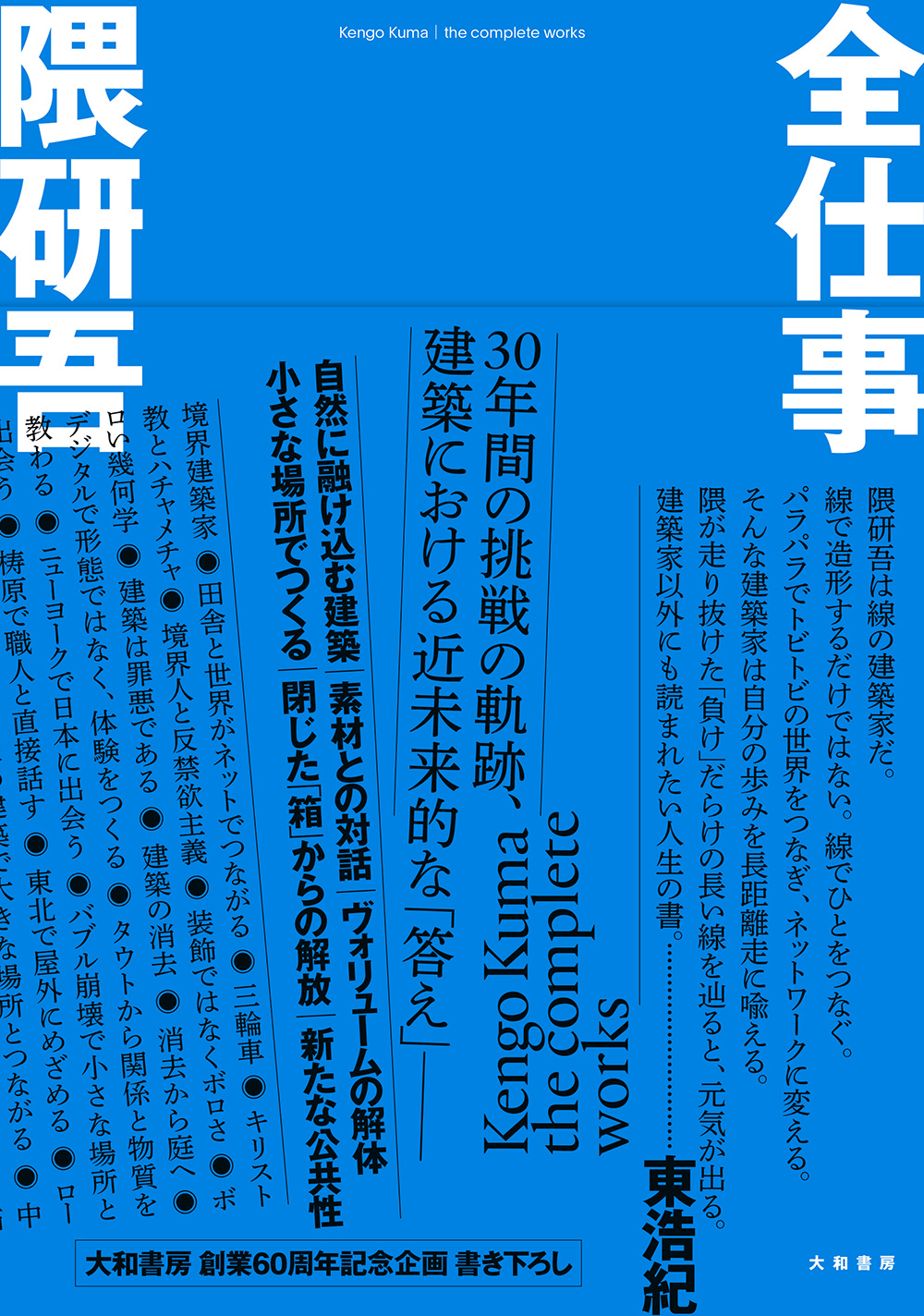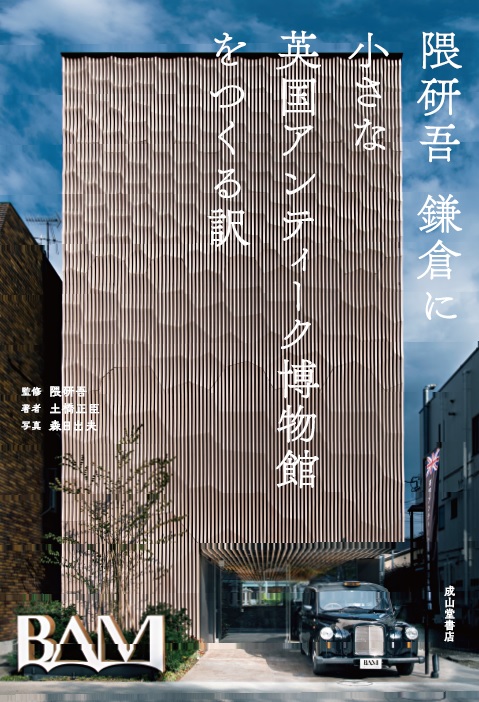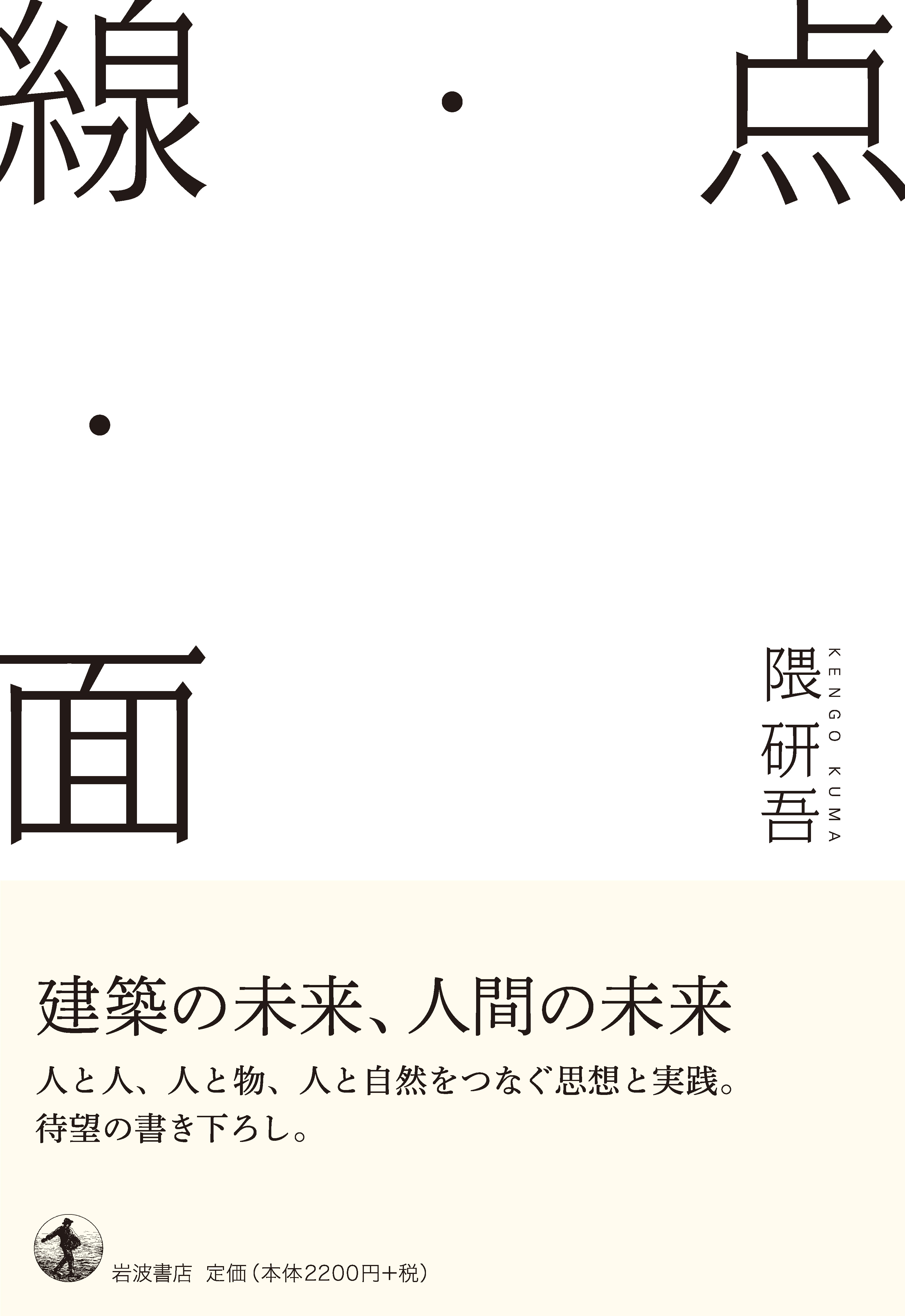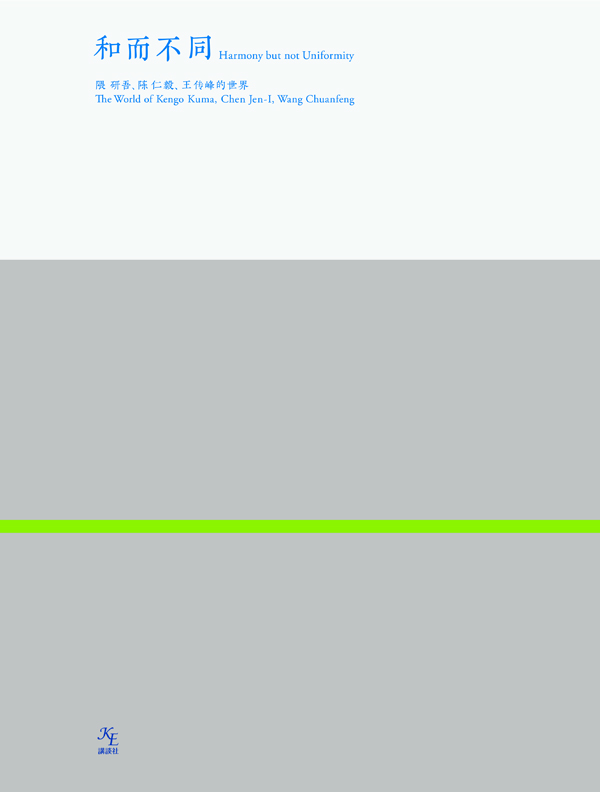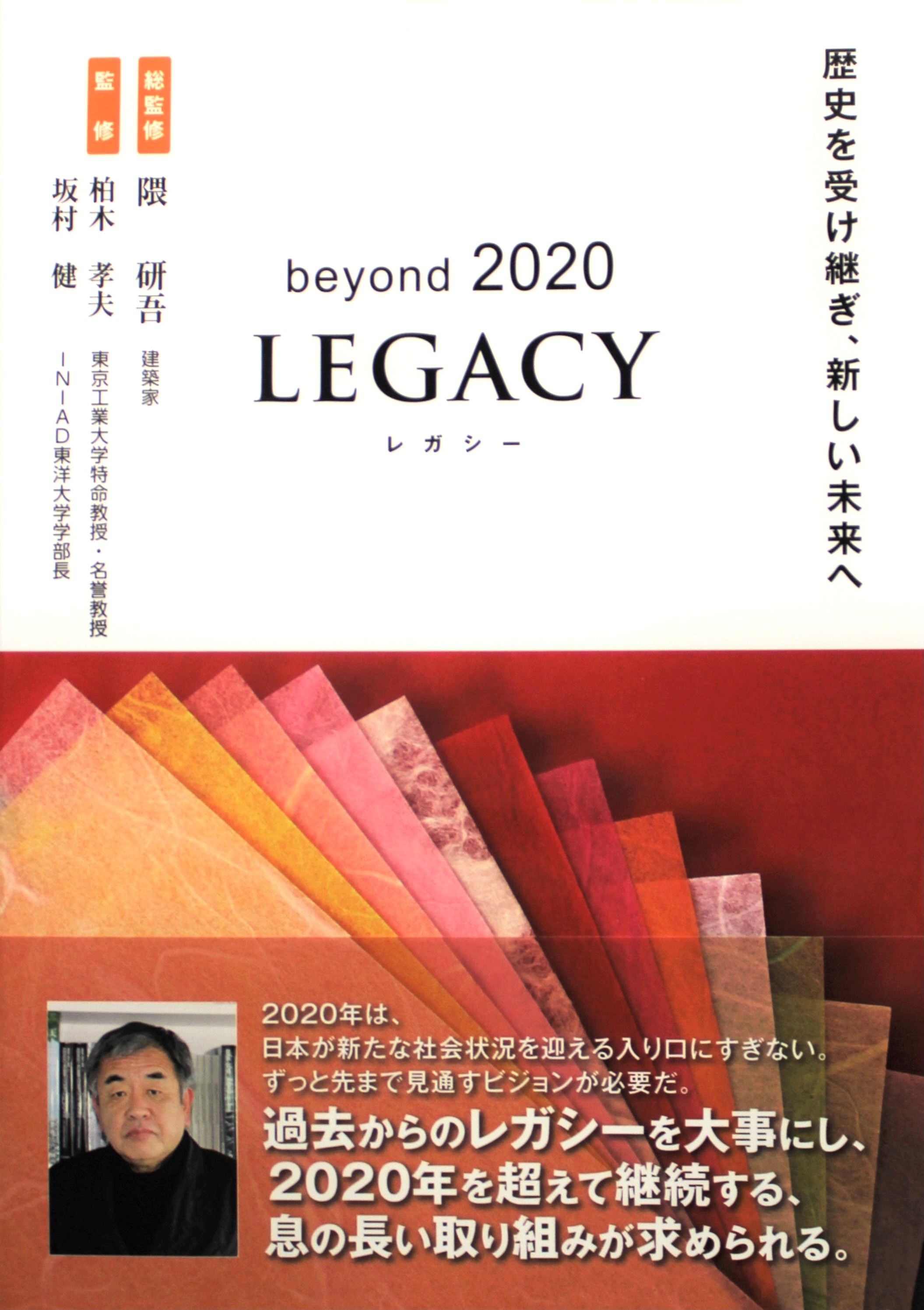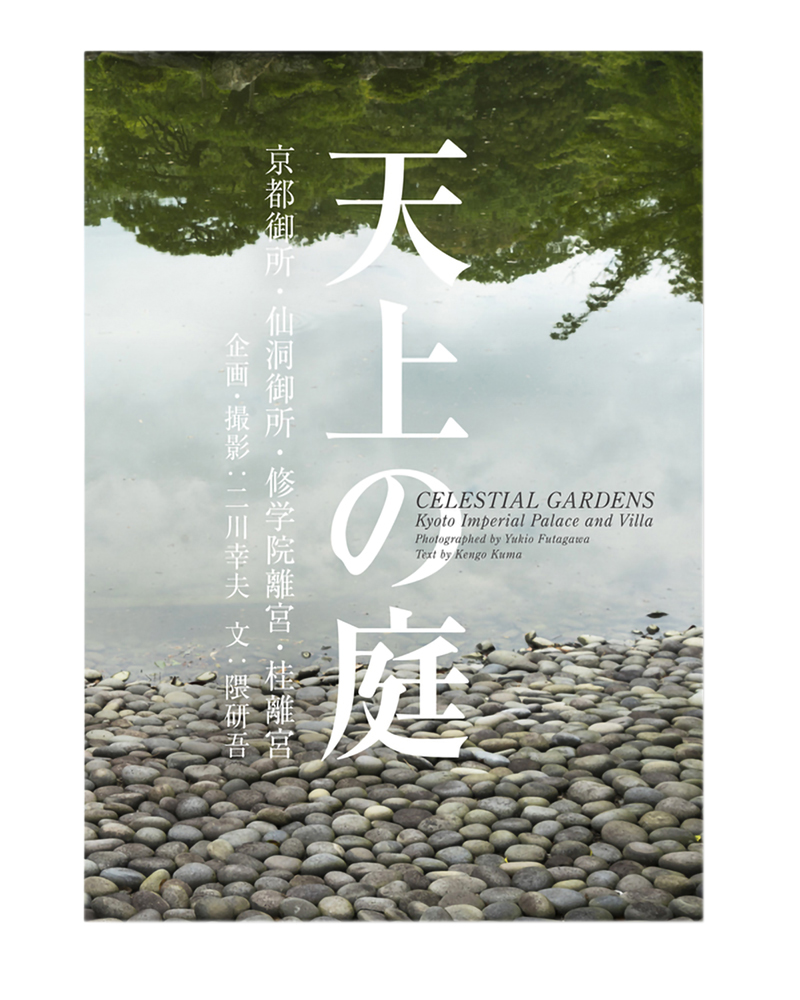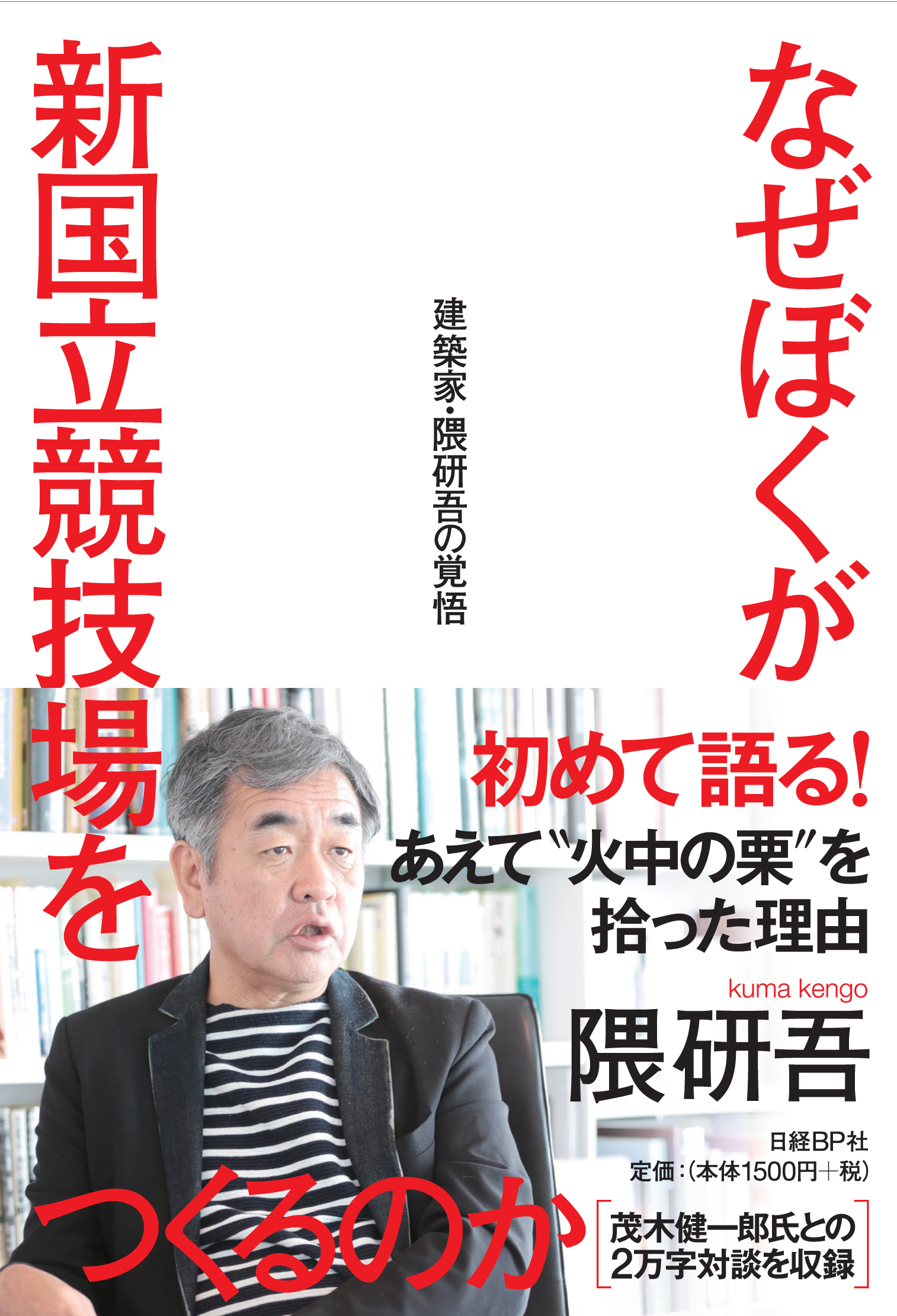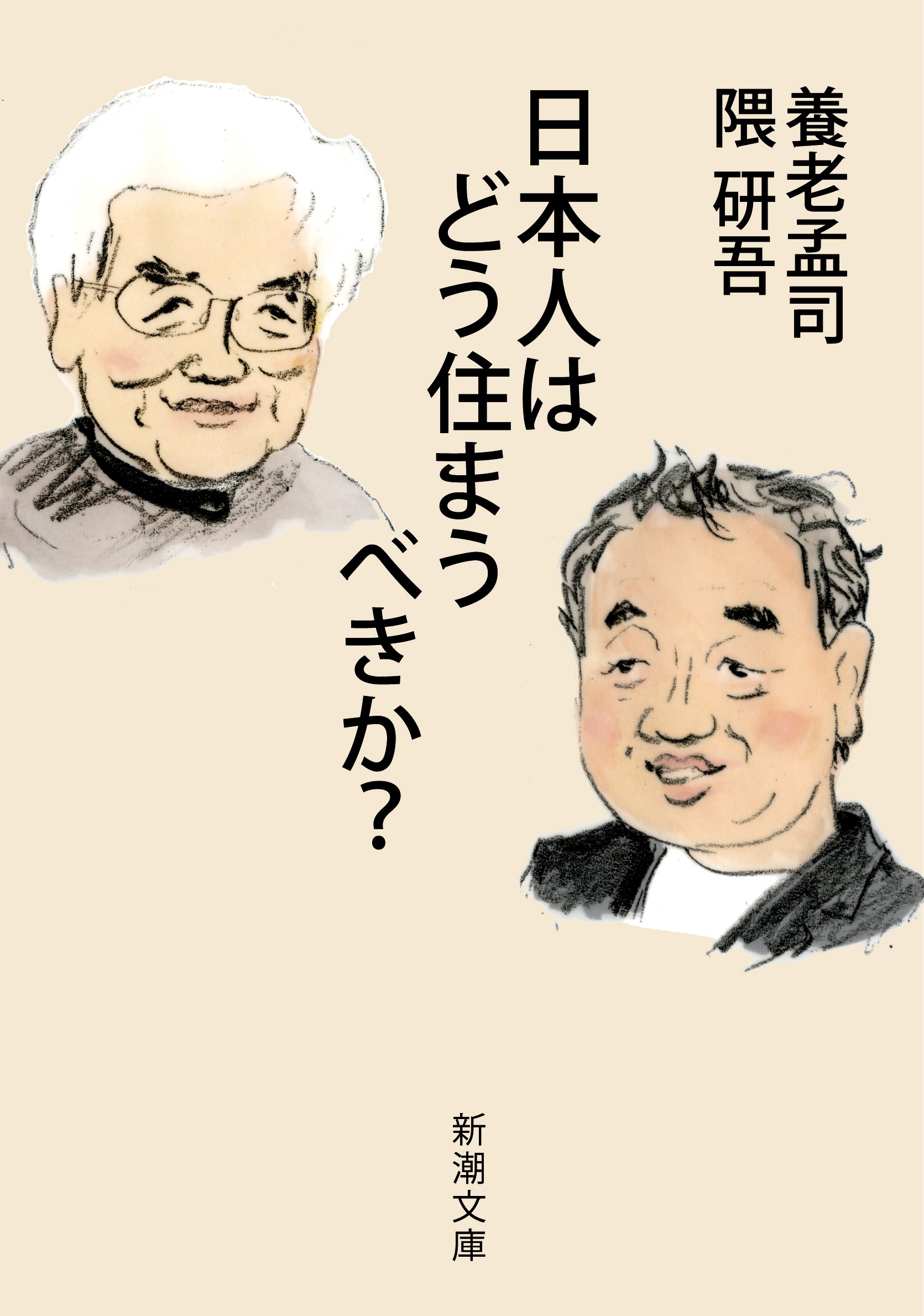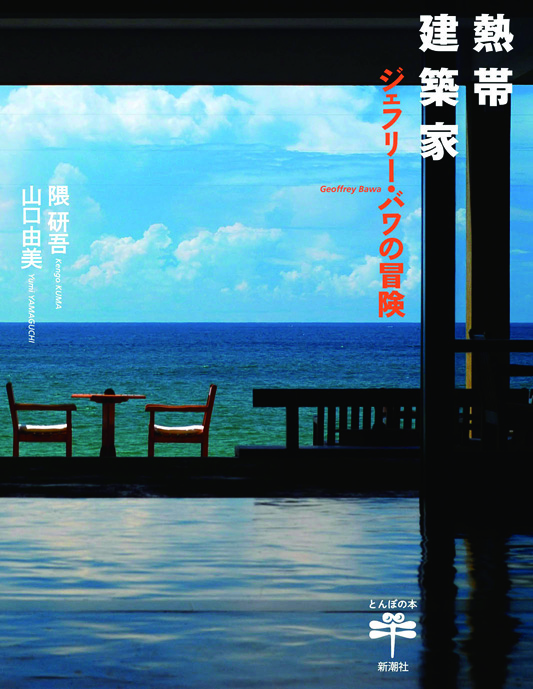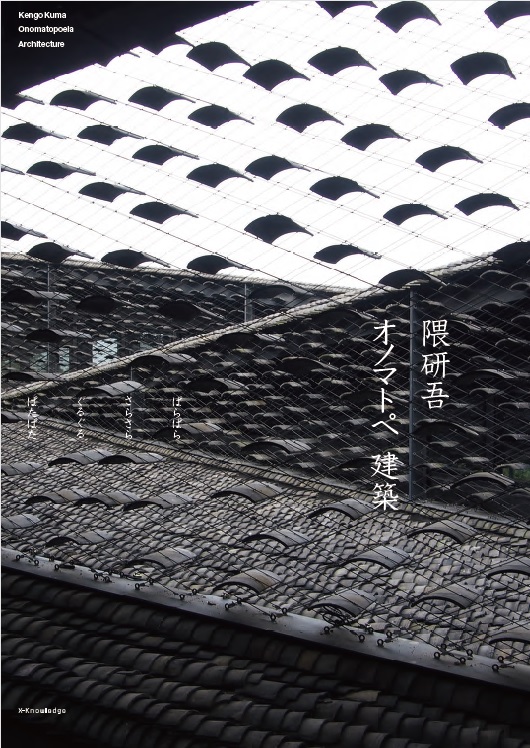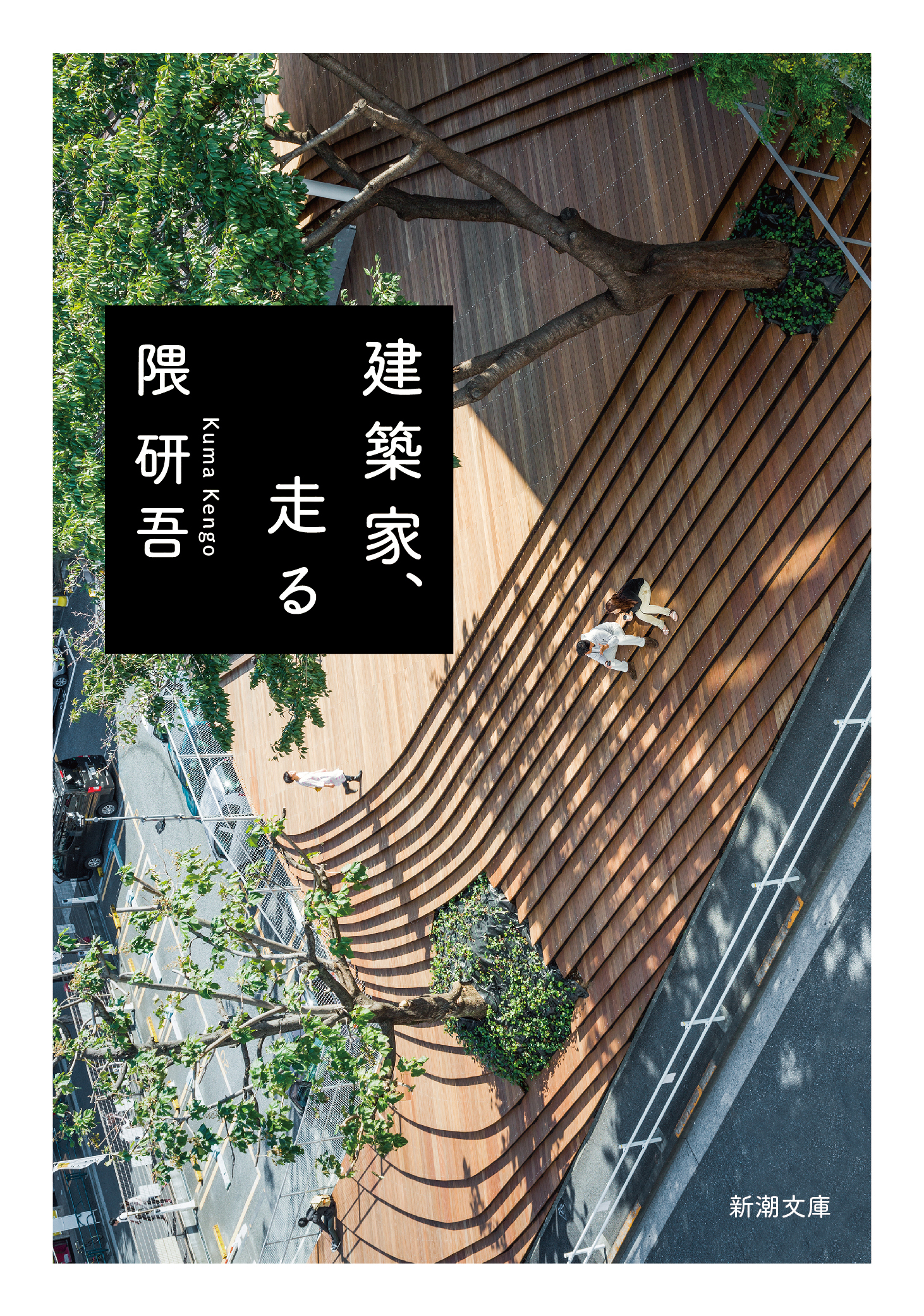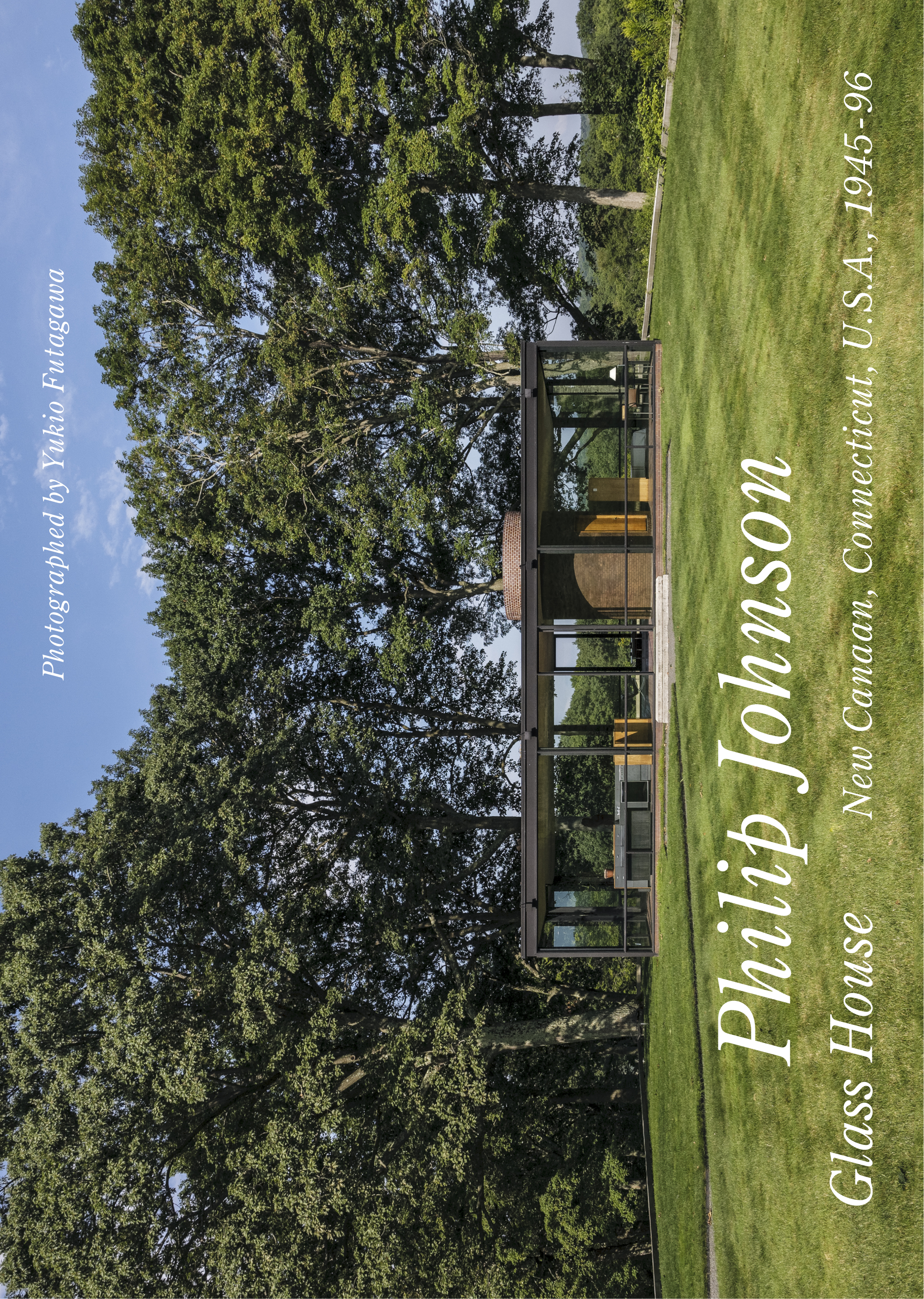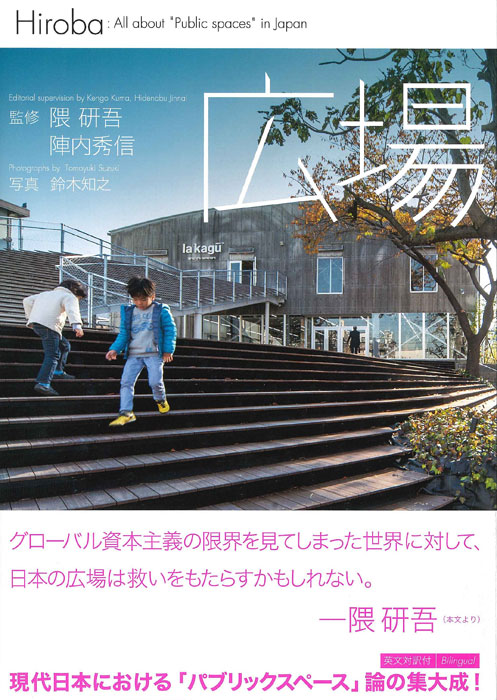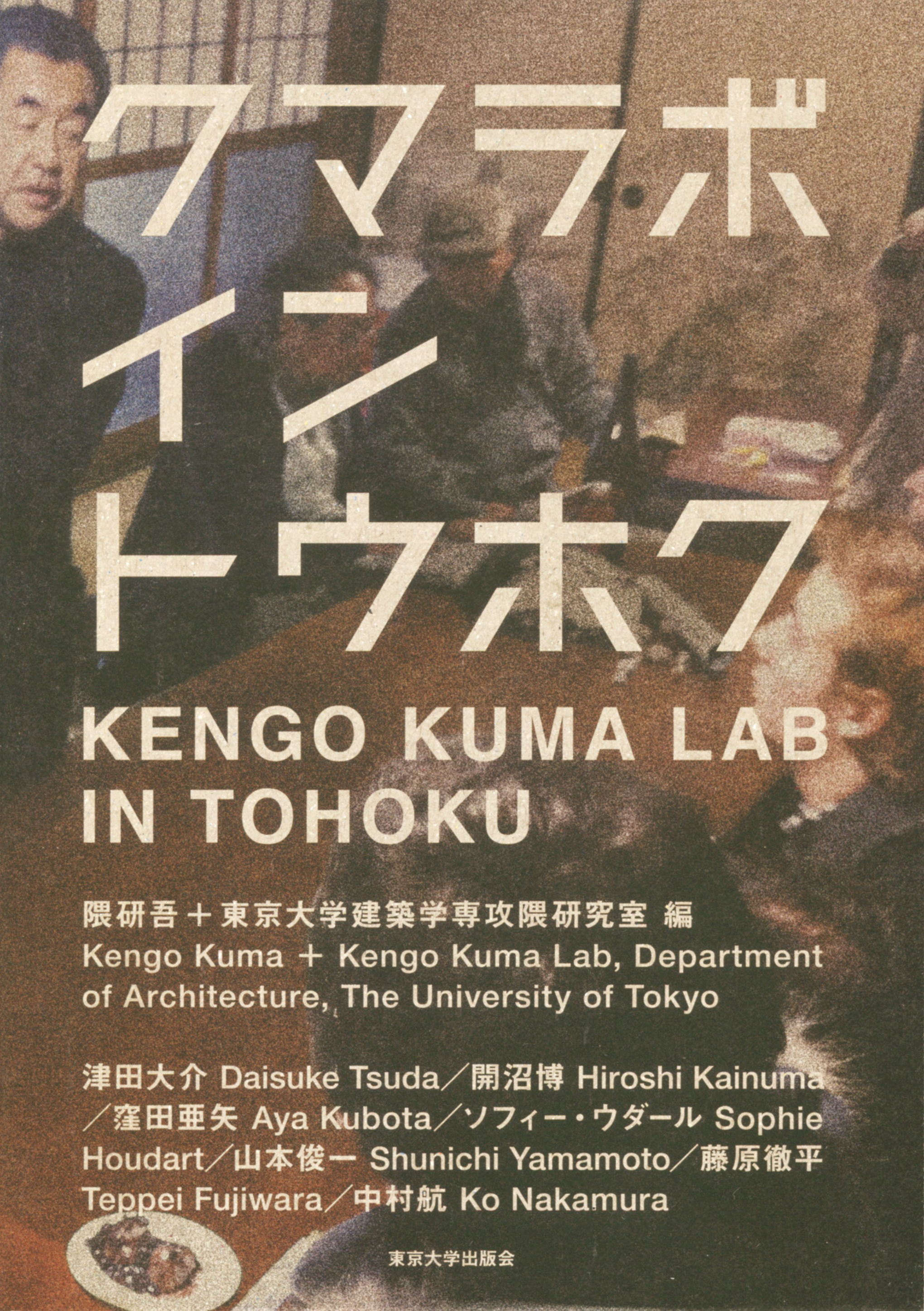
Title
KENGO KUMA LAB IN TOHOKU
Size
304 pages, A5 format
Language
Japanese
Released
July 20, 2018
ISBN
978-4-13-061137-4
Published by
University of Tokyo Press
Book Info
See Book Availability at Library
Japanese Page
Following 3.11, concerned about what had happened to the buildings I designed in Tohoku, I drove along broken roads, somehow finding my way to Sendai, Minamisanriku, and Ishinomaki. What I saw there still resounds in my heart to this day.
Wanting young students to know what disaster is, how fragile humans are, and how fleeting the societies humans build are, I took them to Tohoku many times.
However, Japanese students seldom volunteer, even when invited. Foreign exchange students, on the other hand, enjoyed their training in Tohoku with bright-eyed enthusiasm and asked me various questions.
This book, which summarizes this training and its results in a single volume, also includes pictures of various projects proposed by students for the affected regions. Fairly delicate sites, such as Fukushima, Minamisanriku, and Minamisoma were selected, and the students were invited to make proposals there. These areas are delicate, and as far as disaster reconstruction is concerned, budgets too may be viewed with stern eyes. I could almost hear the rebuke, "why spend so much money for designers to play?" Despite these difficulties, the students’ proposals were rather ambitious, and many were very interesting. While the reconstruction projects proposed by the "adults" (including my own proposals for Minamisanriku and Rikuzentakata) gave a lot of attention to various aspects, the students (particularly the overseas students) adopted a different approach toward recovery. Such passionate proposals for reconstruction projects, when viewed in the long run, might have made a greater impression historically. They might have become a means to improve the regions and give people hope. What disaster-prone Japan needs is the ability to creatively overcome setbacks, without becoming staid. Take for example, the architecture of the Hiroshima Peace Memorial Park, designed by Kenzo Tange—a feat of such creativity! This is the approach I believe in, and it is reflected in my own projects.
What was most memorable was the time we traveled to a restricted area in Fukushima. We visited the house of a Mr. Nemoto, who would return to his fields only during the day to continue cultivating the land despite, of course, not being permitted to ship the produce. Even if the government declares it off-limits, he said, once farmland is abandoned, that land will revert back to its natural state. Even today I cannot forget the scene of everyone sitting hushed on the tatami mat floor, listening to him talk about his passion for the land.
(Written by KUMA Kengo, Professor, School of Engineering / 2020)



 Find a book
Find a book


